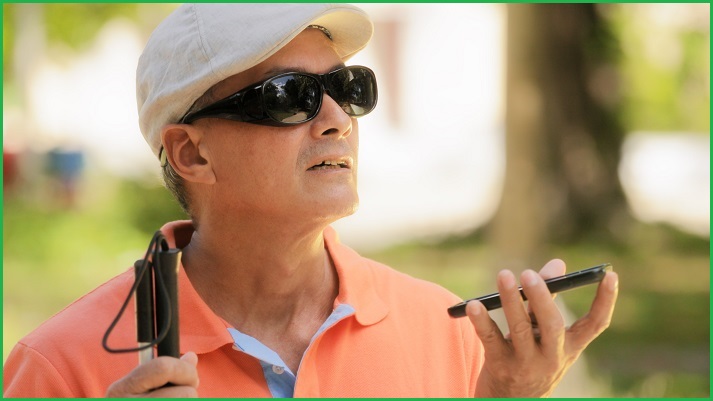What if there was a device that could cure blindness by sending video directly to the brain?
In theory, the outline for this kind of technology is simple:
- Attached a small camera to a pair of glasses
- Send live video from the camera to a computer
- Turn the images into electrical signals
- Feed the signals directly into the brain’s visual cortex
That is exactly what Spanish neuroengineer Eduardo Fernandez has done and, amazingly, it seems to work.
The MIT Technology Review recently visited visited Fernandez’s lab and his first patient, 57-year-old Bernadeta Gomez who has been totally blind since she was 42 when she started suffering from toxic optic neuropathy, a condition that totally severed the connection between her eyes and her brain.
For six months, Gomez’s brain contained a tiny chip containing 100 millimeter-long electrodes that stimulated specific neurons allowing her to see a rough image of the world for the first time in sixteen years.
During that time, Gomez saw the world through phosphenes – an experience of seeing light without being triggered by retinal stimulation – that gave her a rough perception of the shapes and space around her at an equivalent resolution of around 10x10 pixels.
Although this is hardly enough resolution to see faces, Fernandez incorporated facial recognition software to recognise individuals and send a set of corresponding phosphenes to Gomez’s brain that she learned to associate with specific people.
Another drawback with the device is how the implant tends to decay due to natural bodily processes, meaning it can only currently be left in the brain for a short period of time.
“The body’s immune system starts to break down the electrodes and surround them with scar tissue, which eventually weakens the signal,” Fernandez told the MIT Technology Review.
In its current state, the sight-giving glasses connect to power, computer and implant via cables, but the intention is to make the device fully wireless in future iterations.
Along with its fixes to its resolution, system decay, a fully wireless device could do for the blind what the cochlear implant has done for the deaf.
But Fernandez remains modest, telling the MIT Technology Review, “I don’t want to get any hopes up.”
“We hope to have a system people can use, but right now we’re just conducting early experiments.”
Brain-computer interfaces
Fernandez’s research ties into other ambitious projects aiming to bridge the gap between computers and humans using brain-computer interfaces (BCI).
Elon Musk’s ambitious Neuralink project will see implants threading directly onto neurons providing two-way communication between the brain and a smart-phone app.
For Musk, the intention is to bring computing to people with severe loss of brain function. He wants the surgical implants to be non-major and completed by a robot.
So far, however, Neuralink has not been fully trialled on human patients, although he expects that to take place by the end of this year.
The profound impact of high bandwidth, high precision neural interfaces is underappreciated. Neuralink may have this in a human as soon as this year. Just needs to be unequivocally better than Utah Array, which is already in some humans & has severe drawbacks.
— Elon Musk (@elonmusk) February 3, 2020
The Facebook factor
Not everybody building BCIs is aiming to change the quality of life for people with disabilities.
Facebook has its hands on a few BCI-related technologies destined to achieve the aim of “connect[ing] with others in a meaningful way”.
A headset in development by a research team supported by Facebook is designed to be a non-invasive way of measuring brain activity.
Users could, in theory, interact with augmented and virtual reality environments using only their thoughts.
Late last year, Facebook also acquired a company called CTRL-Labs which builds wrist-wearable devices that can digitally mimic movements of your hand and fingers based purely on a person’s intentions to move their digits.
Britain’s Royal Society has called for more attention to be paid to the development and regulation of BCI, saying the technology has the potential to usher in a “new and collaborative form of intelligence”.










